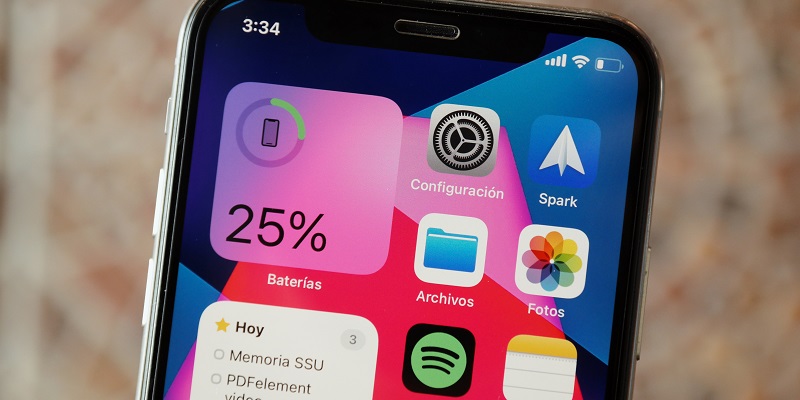Apple has recently unveiled the much-anticipated iOS 17.1 release candidate (RC) to developers and beta testers. This latest update brings a host of new features and bug fixes that are set to enhance the user experience on iPhones. In this article, we will delve into the various changes and improvements introduced in iOS 17.1 RC and their potential impact on developers and beta testers.
New Features and Bug Fixes
The iOS 17.1 RC introduces several exciting new features and bug fixes that aim to elevate the functionality of iPhones. From enhanced power management to improved music browsing, Apple has crafted updates to cater to user needs. Let’s explore some of these important changes.
Changes to iPhone 12 Power Management
In iOS 17.1, Apple has made a tweak to the power management system for the iPhone 12. Previously, when the off-body state was detected, the allowed power would increase. However, the new update modifies this behavior, leading to a more consistent power management system.
Standby Mode Options in iOS 17.1 Beta 2
With the introduction of iOS 17.1 beta 2, users gain more control over Standby mode. They can now choose between turning it off after 20 seconds, never disabling it, or allowing it to happen automatically. This customization option allows users to adapt Standby mode to their individual preferences and needs.
Addition of Favorite Songs Button in Apple Music
Apple Music enthusiasts will rejoice with the new addition of a dedicated button to quickly access their favorite songs. With just a tap, users can instantly find and enjoy their most beloved tracks, making the music browsing experience seamless and convenient.
Song suggestions in Apple Music
iOS 17.1 beta 1 introduces a feature that suggests songs based on the user’s listening preferences. Apple Music utilizes intelligent algorithms to recommend tracks that align with the user’s taste, making music exploration effortless and exciting.
Cellular Data Usage in AirDrop
In iOS 17.1 beta 1, Apple brings an exciting update that allows users to utilize cellular data for AirDrop when two iPhones are out of range of each other. This enables the seamless transfer of information even when Wi-Fi or Bluetooth connectivity is not available.
Flashlight Symbol in Live Activities Feed
A small yet practical addition, iOS 17.1 beta 1 introduces a flashlight symbol in the Live Activities feed when the flashlight is turned on. This serves as a visual cue, allowing users to quickly identify and access the flashlight feature without much hassle.
Release Notes and Improvements
To provide complete transparency, Apple has included detailed release notes for iOS 17.1 RC, outlining the bug fixes and other improvements that have been implemented. These release notes offer insights into the changes made and emphasize Apple’s commitment to refinement and user satisfaction.
AirDrop Content Transfer over the Internet
One notable feature in iOS 17.1 is the ability to continue transferring AirDrop content even when users step out of the AirDrop range. This ensures that content remains accessible and transferrable, even in situations where physical proximity is no longer possible.
Apple’s recent release of iOS 17.1 RC delivers a plethora of new features and bug fixes that aim to improve the iPhone user experience. From power management adjustments to innovative additions in Apple Music and AirDrop, these updates showcase Apple’s dedication to providing seamless functionality and user satisfaction. Developers and beta testers now have the opportunity to explore and provide valuable feedback on these new features, further contributing to Apple’s ongoing efforts to refine and enhance their iOS ecosystem.

